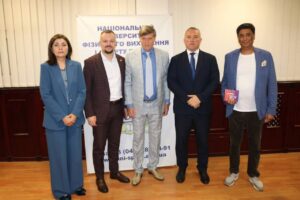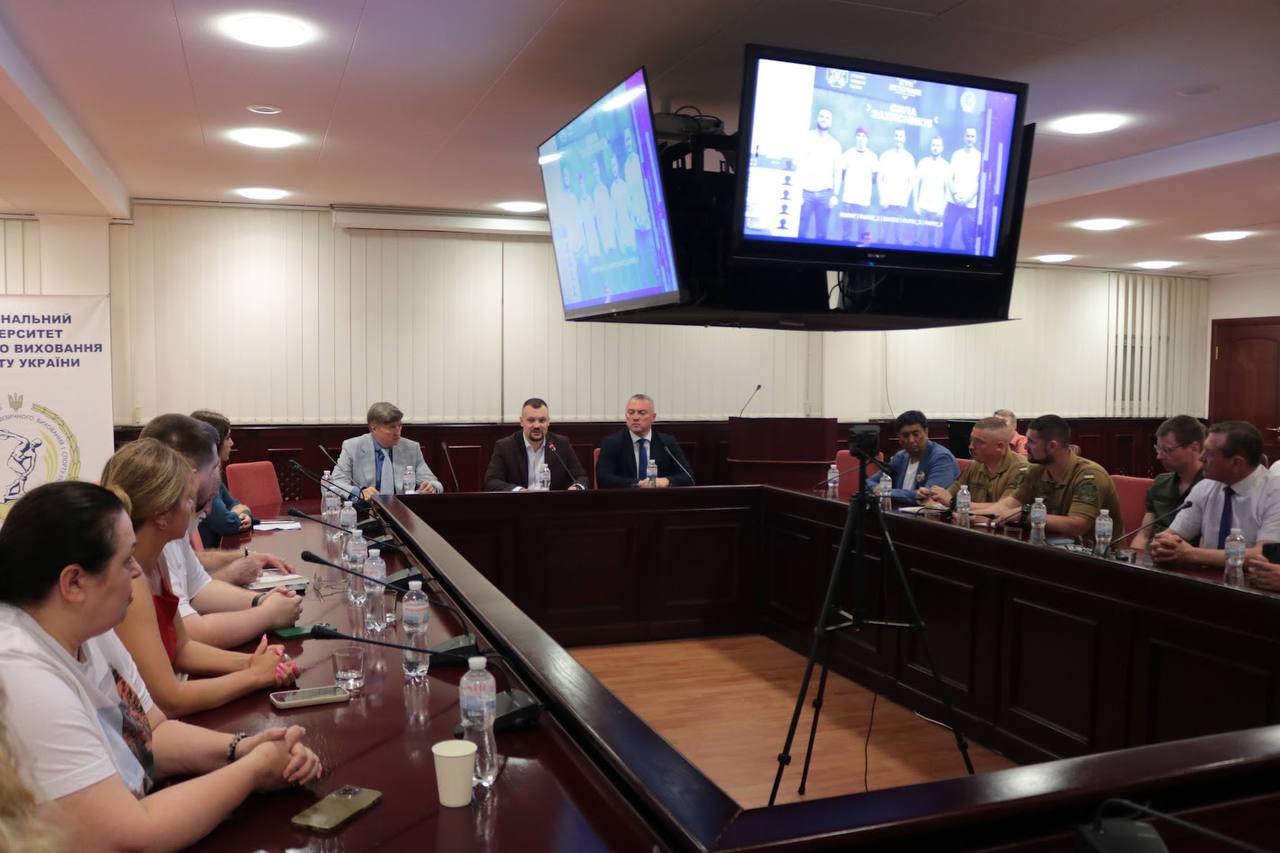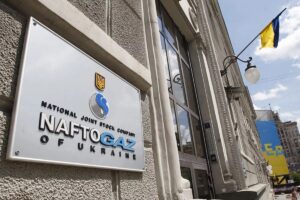
Insurance company “Quorum” (Kyiv) in January-March 2025 collected insurance premiums in the amount of UAH 17.07 million, which is 35.6% more than in the same period of 2024, the rating agency (RA) “Standard-Rating” reported in information on updating the credit rating / financial strength rating of the company on the national scale at the level of “uaAA”.
The agency clarified that it updated the rating based on an analysis of the company’s performance for the specified reporting period.
The insurance company’s revenues from individuals increased by 34.96% to UAH 10.5 million over the year, while there were no revenues from reinsurers. The share of individuals in gross premiums in the first quarter amounted to 61.51%.
Insurance payments sent to reinsurers amounted to UAH 3 million, which is 30.1% less than in the same period of 2024. Thus, the ratio of reinsurers’ participation in insurance premiums decreased by 16.54 percentage points (p.p.) to 17.62%.
The insurer’s net written premiums increased by 69.66% to UAH 14.063 million, and net earned premiums increased by 70.43% to UAH 13.972 million.
The volume of insurance payments and reimbursements made by Quorum Insurance Company in January-March 2025 increased by 54.89% to UAH 2.328 million compared to the same period last year. Thus, the payout ratio increased by 1.7 percentage points to 13.64%.
The company’s operations in this period were profitable. In particular, the profit from operating activities amounted to UAH 1,605 million, and net profit – UAH 1,263 million.
As of April 1, 2025, the company’s assets increased by 0.73% to UAH 70.405 million, equity – by 2.06% to UAH 62.683 million, and liabilities decreased by 8.88% to UAH 7.722 million, while cash and cash equivalents increased by 3.42% to UAH 51.559 million.
Quorum Insurance was established in March 2014 and specializes in risk insurance.

In 2024, the elevators of the IMC agricultural holding shipped a record volume of grain – more than 1.1 million tons, in January-June 2025, they completed the shipment of the remaining crop of 2024 and carried out preparatory work for the reception of the new harvest, the press service of the agricultural holding reported on Facebook.
The agricultural holding noted that in recent years, several projects have been implemented at IMC elevators as part of the Smart Green Strategy, in particular in the use of green energy.
“Four of IMC’s elevators have already been equipped with solar panels, and installation is underway at two more facilities, which will cover the demand for electricity from green sources for office buildings and critical infrastructure of elevators. This also contributes to the energy independence of the elevators and the continuous production process despite possible interruptions in electricity supply due to Russian shelling of Ukraine’s energy system,” IMC said.
In addition, two of IMC’s elevators and three grain drying complexes have installed heat generators that run on sunflower pellets and grain waste, which allows replacing natural gas with biofuel for the grain drying process.
“This year’s scheduled repairs at IMC’s elevators are already at the completion stage. We are currently disinfecting the production facilities. IMC elevators are ready to accept the new winter wheat harvest,” emphasized Andriy Havrylenko, Deputy CEO of IMC for Grain Storage and Processing.
IMC Agro Holding is an integrated group of companies operating in Sumy, Poltava and Chernihiv regions (north and center of Ukraine) in the crop production, elevators and warehouses segments. The land bank is 116 thousand hectares, storage capacity is 554 thousand tons, with a harvest of 864 thousand tons in 2024.
IMC ended 2024 with a net profit of $54.54 million against a net loss of $21.03 million in 2023. Revenue increased by 52% to $211.29 million, gross profit quadrupled to $109.10 million, and normalized EBITDA increased 25 times to $86.11 million.

In January-May 2025, Express Insurance (Kyiv) collected insurance premiums in the amount of UAH 462.5 million, which is 32.1% more than in the same period in 2024, according to the insurer’s website.
Premiums under hull insurance contracts for this period amounted to UAH 313.5 million, which is UAH 35.9 million, or 12.9% more than in January-May 2024, for MTPL – UAH 137.9 million (+76.8%), for other types of insurance – UAH 11.1 million.
The company reports that in January-May 2025, the total amount of insurance claims for insured events amounted to UAH 182 million, including payments to customers with motor hull insurance – UAH 144.2 million, and to victims of motor TPL insurance – UAH 34.8 million.
Express Insurance was founded in 2008 and is part of the UkrAVTO group of companies. The company specializes in motor insurance. The consistently high speed of claims settlement in the IC is ensured by optimal interaction with partner service stations.
Since April 2012, Express Insurance has been an associate member of the Motor Transport Insurance Bureau of Ukraine.

INGO Insurance Company has paid UAH 3.4 million for a spoiled batch of frozen chicken products that was transported from Europe to Ukraine, the company’s website reports.
It is noted that the payment was made under a motor carrier liability insurance contract. The policy provided coverage for the risks of loss or damage to cargo.
The accident occurred during the transportation of 20 tons of frozen chicken products from Europe to Ukraine. The cargo was transported in a refrigerator at a temperature of -18°C. In Poland, the vehicle slid into a ditch and overturned. According to the police, the driver did not take into account the road conditions when making a turn.
The accident resulted in the breakdown of the refrigerator, which caused a temperature violation and damage to the cargo packaging. The carrier organized the loading of the products into another vehicle, but the warm weather caused them to defrost.
The insurance contract was concluded with the participation of Aon, one of the leading international insurance brokers. Aon helped to structure the optimal insurance solution, taking into account the specifics of international transportation and cargo safety requirements, the press release said.
INGO Insurance Company has been providing insurance services for 30 years. Since 2017, the main shareholder has been the Ukrainian business group DCH.

The National University of Physical Education and Sports of Ukraine hosted an official presentation of the social project “NUPES with Respect to the Armed Forces of Ukraine”. This is an initiative aimed at supporting war veterans through sports rehabilitation, physical activity and inclusion in a healthy social environment.
The presentation was attended by representatives of the Ministry of Youth and Sports of Ukraine, the Ministry of Veterans Affairs of Ukraine, the National Guard of Ukraine, the Veterans Cluster of Ukraine, the KNUBA Veterans Institute, veterans’ organizations, public initiatives, businesses, military personnel and the sports community.
The project makes it possible to purchase or give a veteran a special sports season ticket that includes
“We welcome the initiative of the NUFVSU, which combines professionalism, resources and decent treatment of veterans. Such projects are an example of how the state and educational institutions can create new models of support. The Ministry of Youth and Sports will continue to promote such initiatives,” said Deputy Minister of Youth and Sports of Ukraine Serhiy Tymofeev during the event.

Each component of the season ticket is designed as part of a holistic recovery process. It is not just access to sports infrastructure, but a professionally developed program with an individual approach to each participant.
“NUFVSU has always been a place where champions were brought up, but today we set ourselves another important goal: to be a place where life is restored. We have created not just a product – we have created a support format that combines professionalism, care and gratitude,” said Oleksandr Pyzhov, Acting Rector of NUFVSU.
Special attention is paid to physical rehabilitation classes. The first three sessions are not standard workouts, but an individual diagnosis of the veteran’s condition, professional support from a rehabilitation therapist, testing the level of stress and selecting a personal program according to the physical condition, combat experience, injuries or psychological stress.
“This is not a set of services. It is a structured support system created by professionals who understand the specifics of post-traumatic recovery. It is an opportunity to return to a person a sense of control over the body, rhythm, and space. And – over life,” explained Viktor Korzh, Director of the Training and Rehabilitation Center of the NUFVSU.
As for the gym classes, each of the 12 workouts involves the support of an adaptive sports specialist or rehabilitation therapist. The goal is not just to provide physical activity, but to develop basic movement skills, restore the musculoskeletal system, build confidence in one’s own body, improve coordination and strength.

“It is important for a veteran not only to receive help, but also to feel that it is thoughtful, professional, and worthy. This project demonstrates exactly this approach – when every element is aimed at real recovery, not a formality. We appreciate the partnership with the NUFVSU and believe in the power of such initiatives,” said Talia Zharova, Head of the Veterans Sports Department of the Physical and Mental Health Department of the Ministry of Veterans Affairs.
The program also provides 8 visits to the sports pool, which can be used for relaxation, aqua therapy or muscle tone recovery after injuries.
Business representatives, Gledfarm LTD, was the first to support the project and purchase 20 season tickets for veterans.
“It is a great honor for us to join the initiative that helps our defenders return to a full life. Physical rehabilitation is not only about health, it is about faith in the future and the strength of the community,” said Rajiv Gupta, CEO of Gledpharm Ltd.
Anyone can buy a certificate – a relative, a fellow veteran, an organization, employers or just a person who cares. It can be presented to a veteran you know or transferred through the system of coordinators to a veteran who has applied to the program.
Join the program or give a subscription to a veteran:
Telegram: +380 98 230 74 65
Phone: +380 66 547 11 26

Naftogaz Group is already sending a payment request to Gazprom to recover $1.37 billion in accordance with the Final Award of the international arbitration in Zurich received by the company on June 20, 2025.
“If Gazprom refuses to comply with the decision voluntarily, Naftogaz will start implementing a strategy for the enforcement of the Russian company’s assets,” the company said in a press release on Tuesday.
As explained by the group, the amount of $1.37 includes the principal debt for gas transit services under the 2019 agreement, as well as penalties and compensation for all legal costs incurred by Naftogaz.
At the same time, the Group continues to enforce another arbitral award – on payment of $5 billion in compensation to the Russian Federation for the illegal expropriation of assets in Crimea in 2014.
“The enforcement process is ongoing at various stages in ten jurisdictions. In Finland and France, there are already first results – Russian property has been seized. In other countries, the work continues,” Naftogaz said.
For reasons of legal strategy, the company is not disclosing additional details at this time.
In most jurisdictions, the interests of Naftogaz are represented by leading local law firms free of charge, on a pro bono basis.
As reported with reference to Naftogaz CEO Serhiy Koretsky, the international arbitration tribunal, which considered in Switzerland the case of Gazprom’s violation of its contractual obligations on the take-or-pay principle, ordered the Russian corporation to pay $1.37 billion in favor of Naftogaz of Ukraine.
“In September 2022, Naftogaz initiated arbitration, which Gazprom tried to block through Russian courts. This did not work. Now we have the final decision: the tribunal of arbitrators from Sweden, Switzerland and Israel completely sided with Naftogaz,” Koretsky wrote on his Facebook page on Monday evening.
He reminded that Gazprom had violated its contractual obligations under the take-or-pay principle since May 2022 by stopping payments.